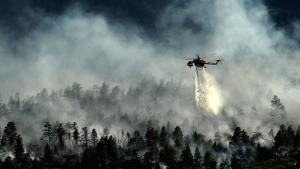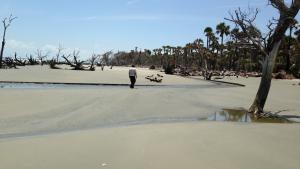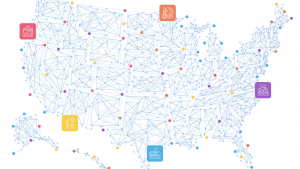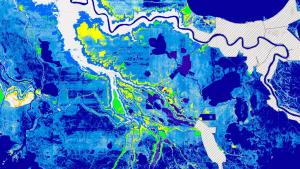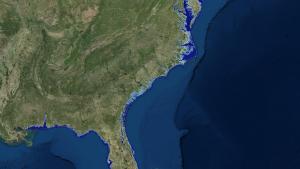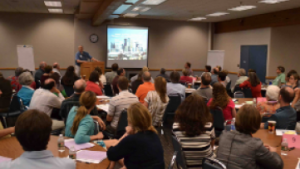If your community currently lacks a climate champion, these pages can help you get familiar with the framework. Then, when you recognize a potential climate champion, inside or outside of government, you'll be able to encourage and assist them in using the framework to help protect your community. You can also consult the Practitioner's Guide Resources for every step to understand how professional climate adaptation practitioners approach each task.
Encourage a decision maker to step up
A person who is passionate about climate issues may seem like an obvious climate champion. However, unless this person also knows what it takes to get things done in their community, it may be hard to get a project started and completed. Consider carefully if encouraging an established leader to step up as a climate champion could be more effective than supporting someone who is new to initiating and implementing community projects.
Be aware that the Steps to Resilience framework describes how to begin a resilience-building process and keep it going. It’ll be up to the champion to make their climate concerns a priority, and to work with others to develop a plan.






